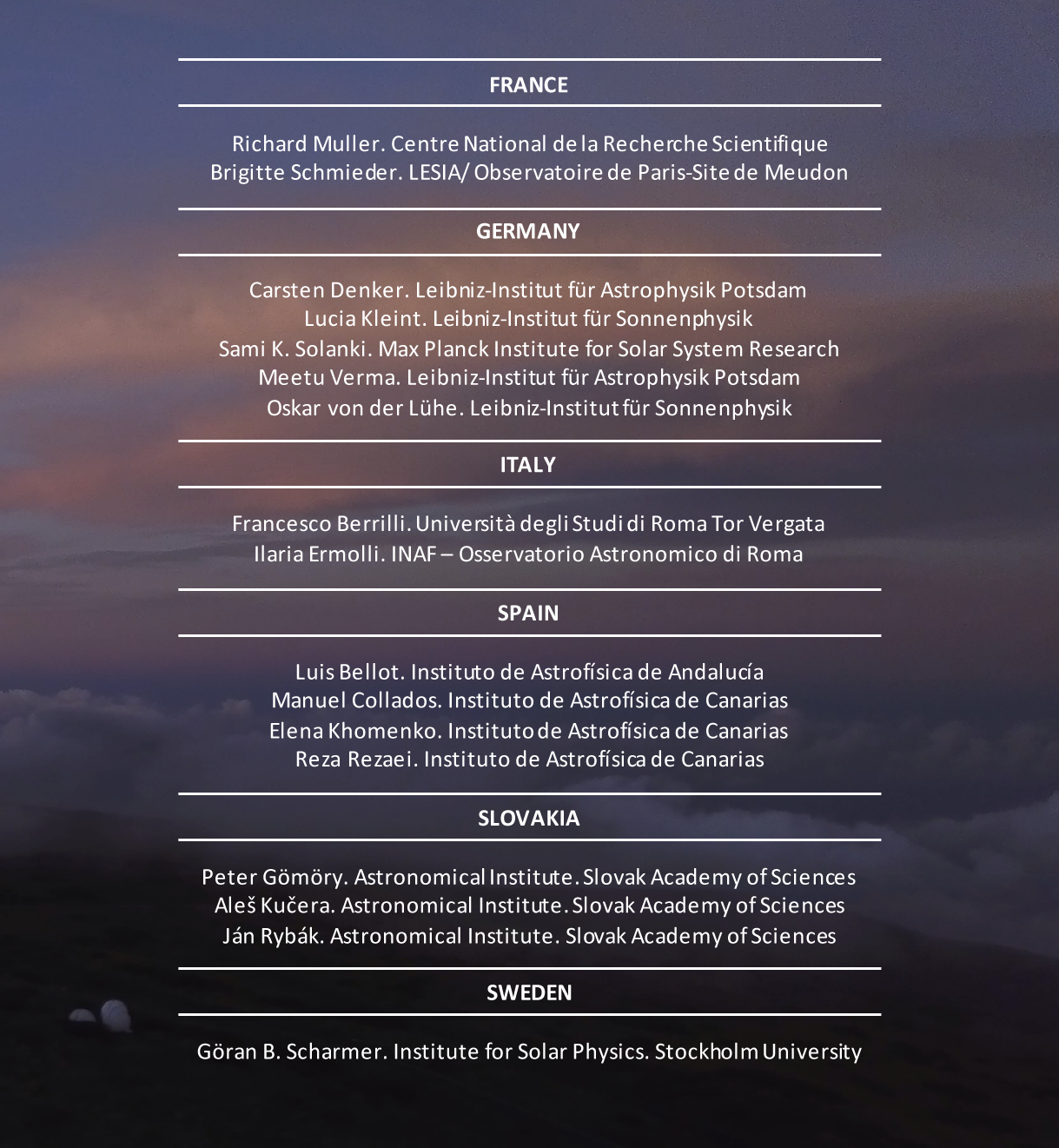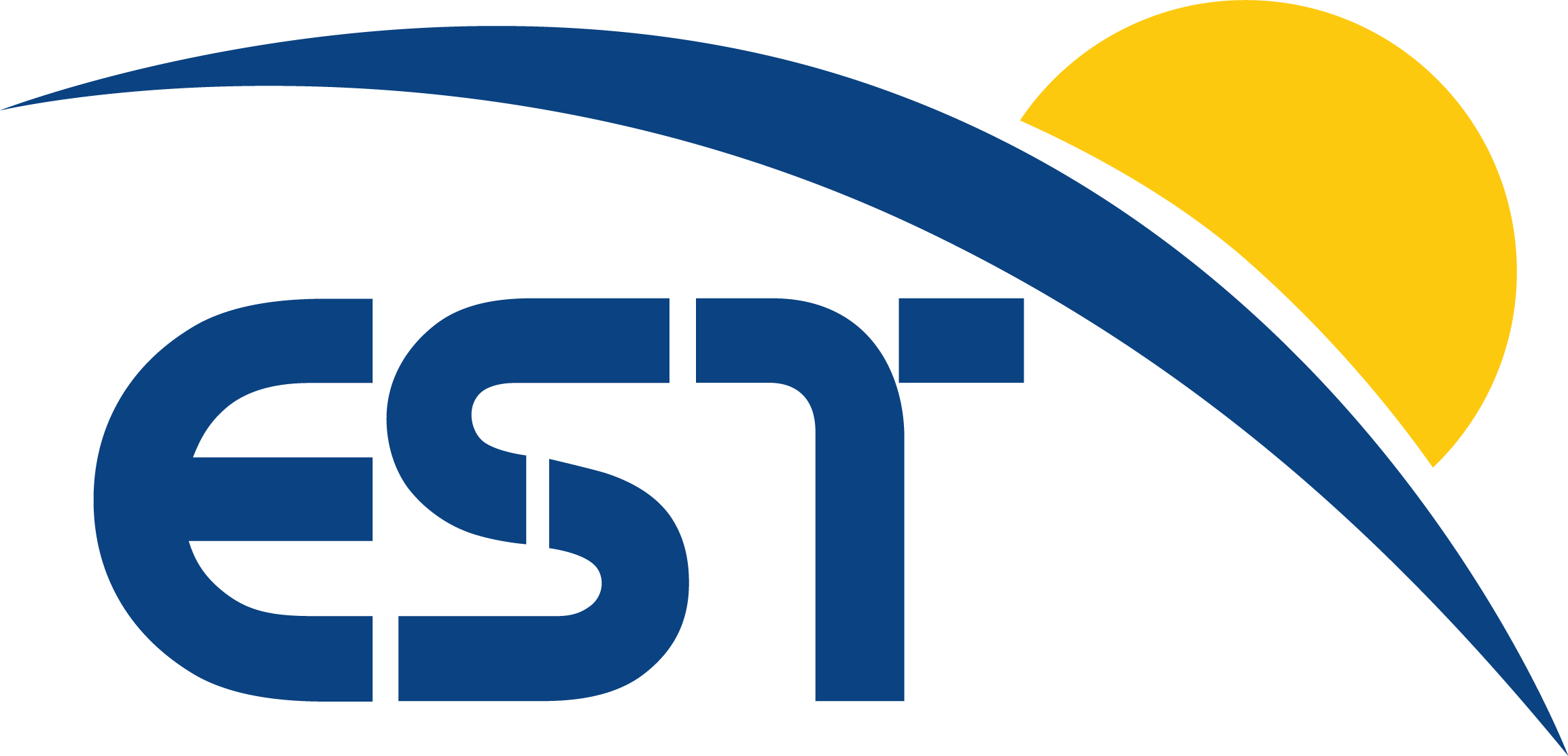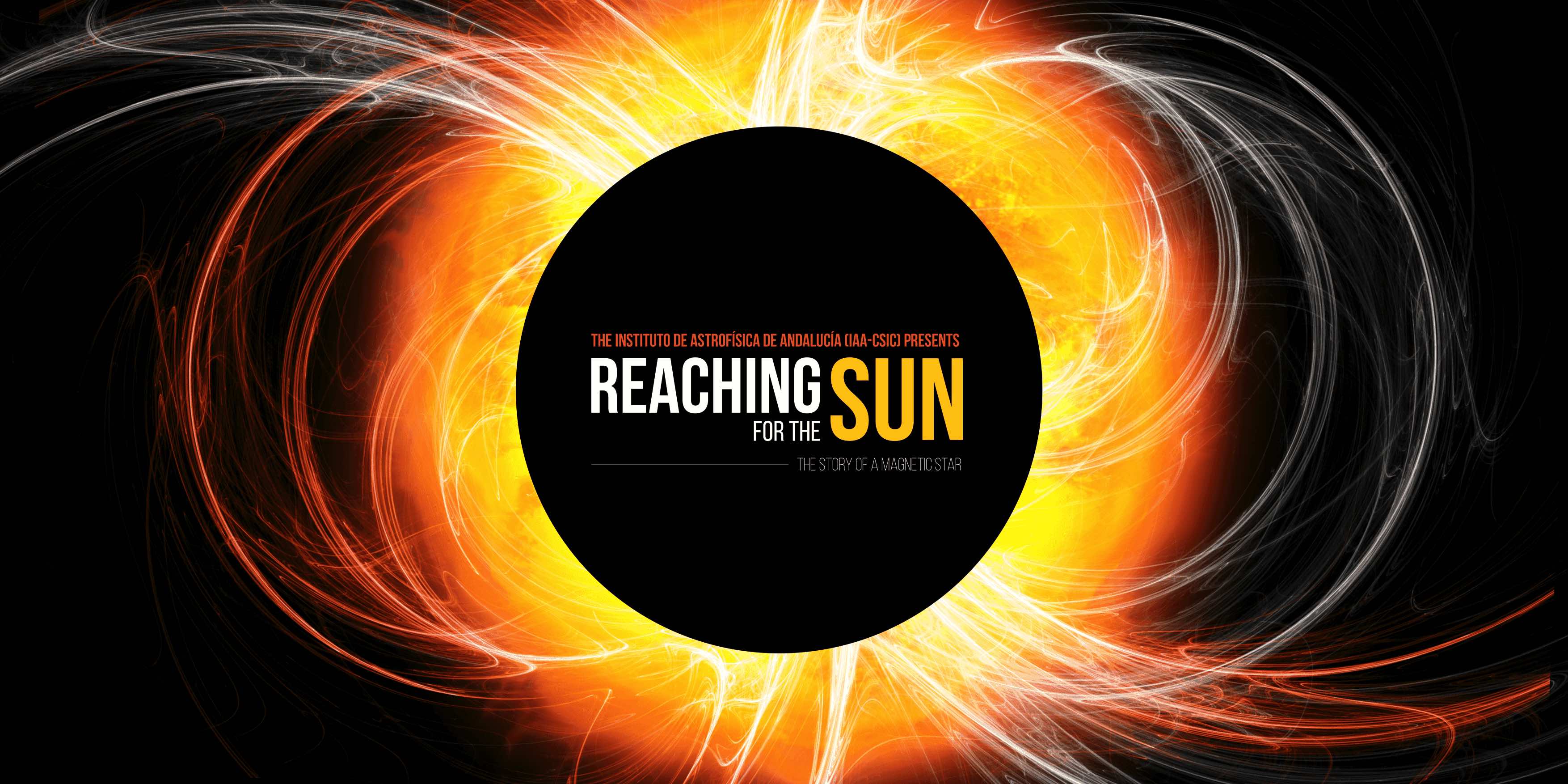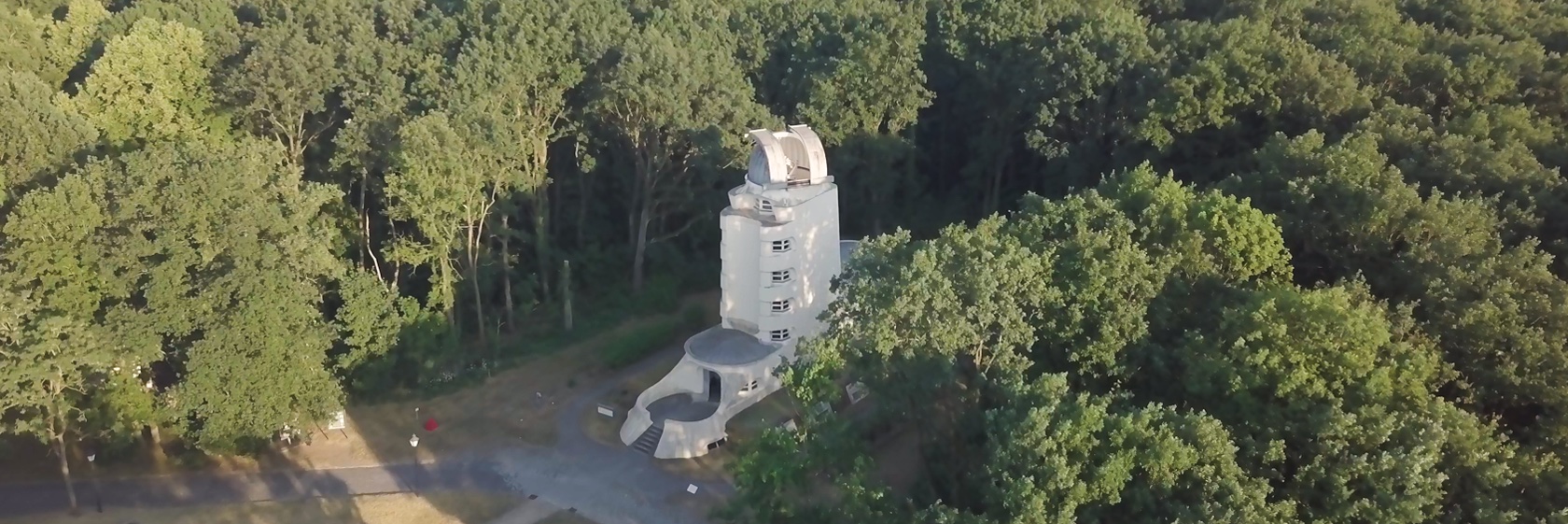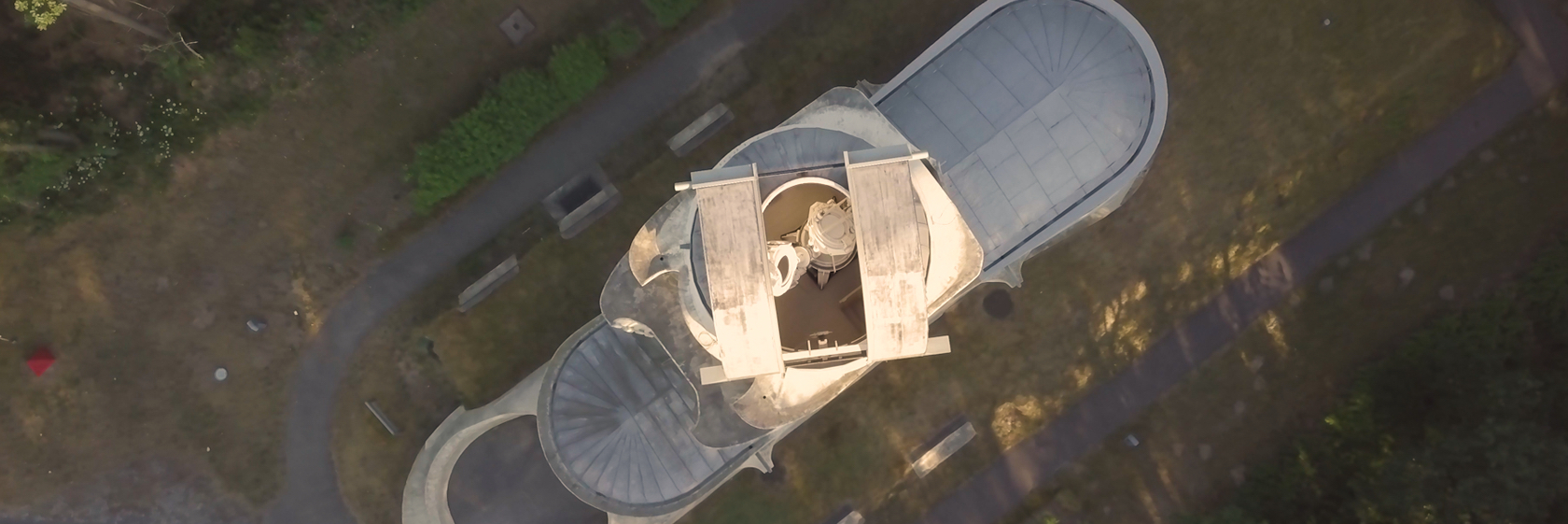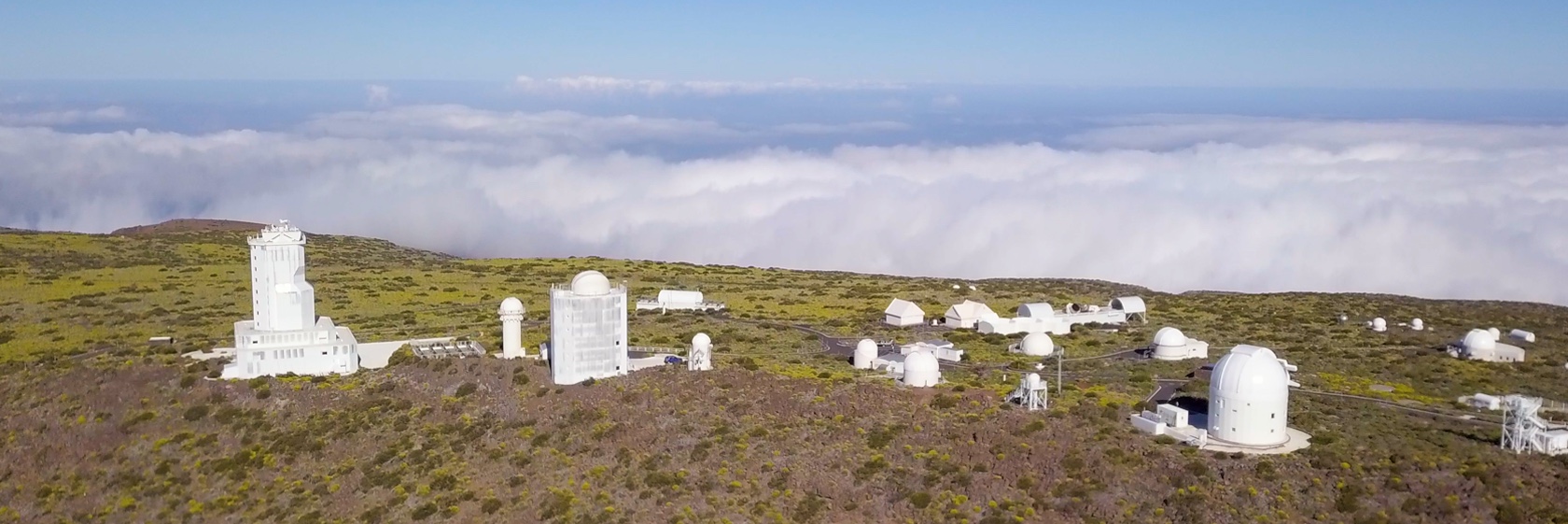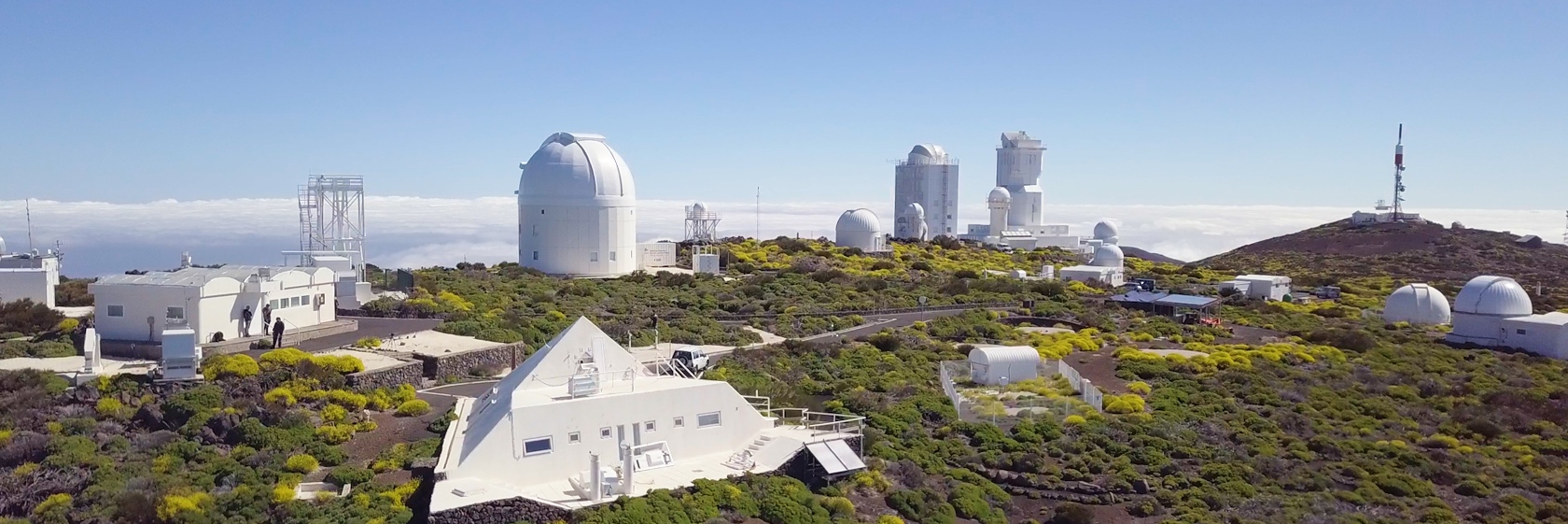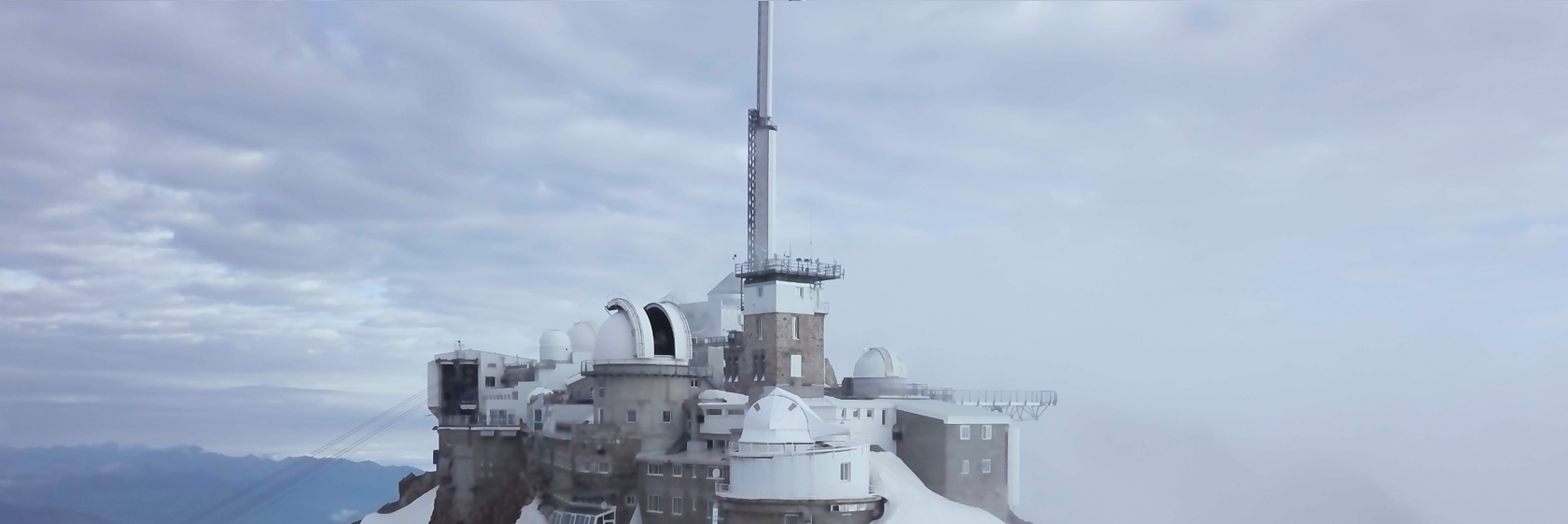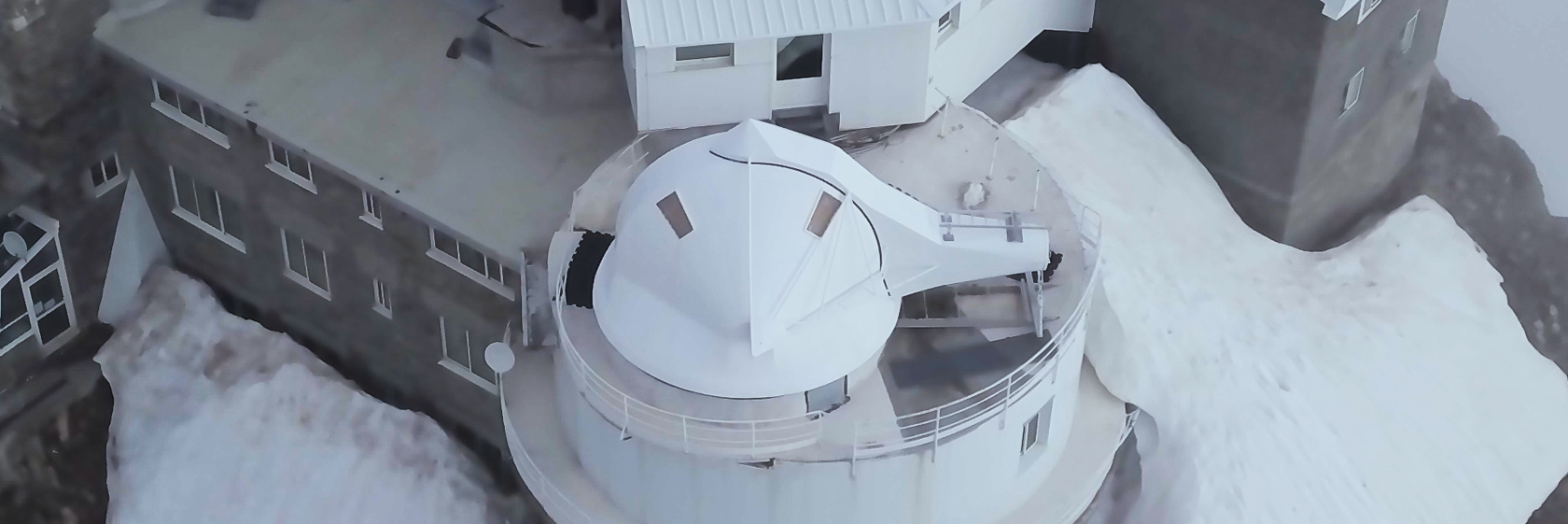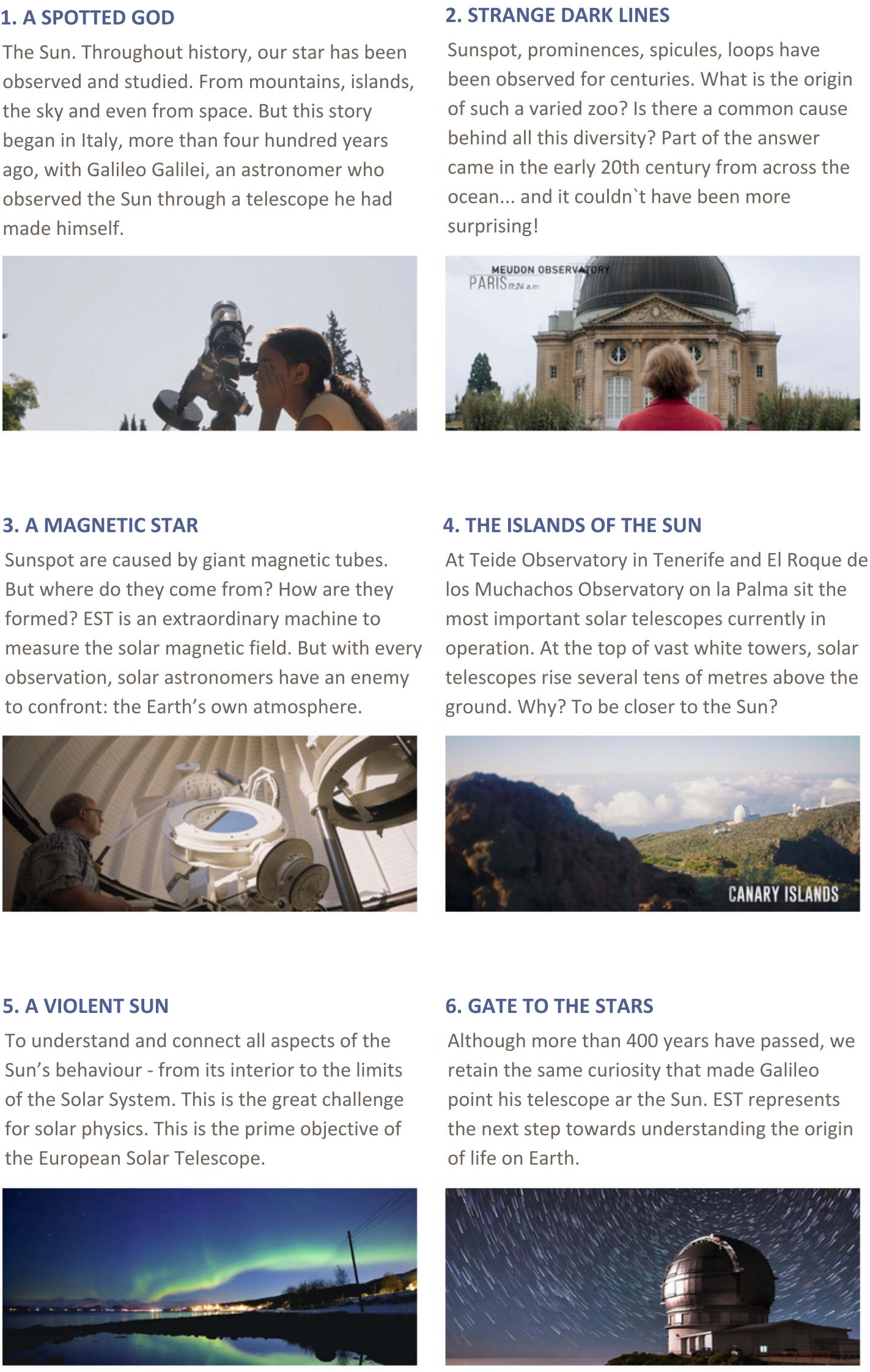EST Documentary
A journey through 400 years of history of solar astronomy in Europe, from Galileo to the present day. A path that leads to the next step of the journey: the European Solar Telescope, the largest solar telescope ever built in Europe.
‘Reaching for the Sun’ is a 52-minute television documentary that showcases major European solar telescopes, describing fundamental solar physics concepts and advances made with these instruments.
The documentary introduces the European Solar Telescope (EST) and the innovative science it will bring, explaining why such a large infrastructure is necessary for the European solar physics community. It is an activity that enables the EST project to reach a much broader audience than would be possible through other channels.
Starting with the discovery of peculiar spots on the surface of the Sun using rudimentary telescopes, astronomers have engaged in a continuous effort to observe and investigate our star.
This has required the development of new and more powerful telescopes, searching for locations with the best possible observing conditions, and the design and construction of new instruments to examine the solar light in greater detail.
'Reaching for the Sun' takes the viewer on a journey, not only historical but also geographical, through some of the different solar telescopes that have been built in Europe over time.
Einsteinturm. Postdam (Germany)
Observatorio del Teide. Tenerife (Spain)
Observatoire du Pic du Midi. Bagnères-de-Bigorre (France)
The documentary itself was filmed between May and June 2018 using professional cinema cameras and drones. Aerial views of the telescopes in operation at Teide Observatory (Spain), the Einstein Tower in Potsdam (Germany), the Pic du Midi Observatory (France), and the Roque de los Muchachos Observatory (Spain) were captured to showcase the European facilities used for solar research from a unique perspective. This resource enhances the overall aesthetics of the work and adds a new dimension to the film.
Moreover, through artistic illustrations specifically created for this documentary, the work of significant European solar astronomers is presented. The illustrations were animated and integrated into the footage. They describe the early studies of sunspots, the dispersion of light using spectrometers, the observation of unknown spectral lines in the solar spectrum, the discovery of magnetic fields in sunspots, and the Carrington event of 1859, one of the strongest solar storms on record.
Galileo Galilei
In 1610, the Italian astronomer Galileo Galilei observed the Sun daily through the telescope he had built himself.
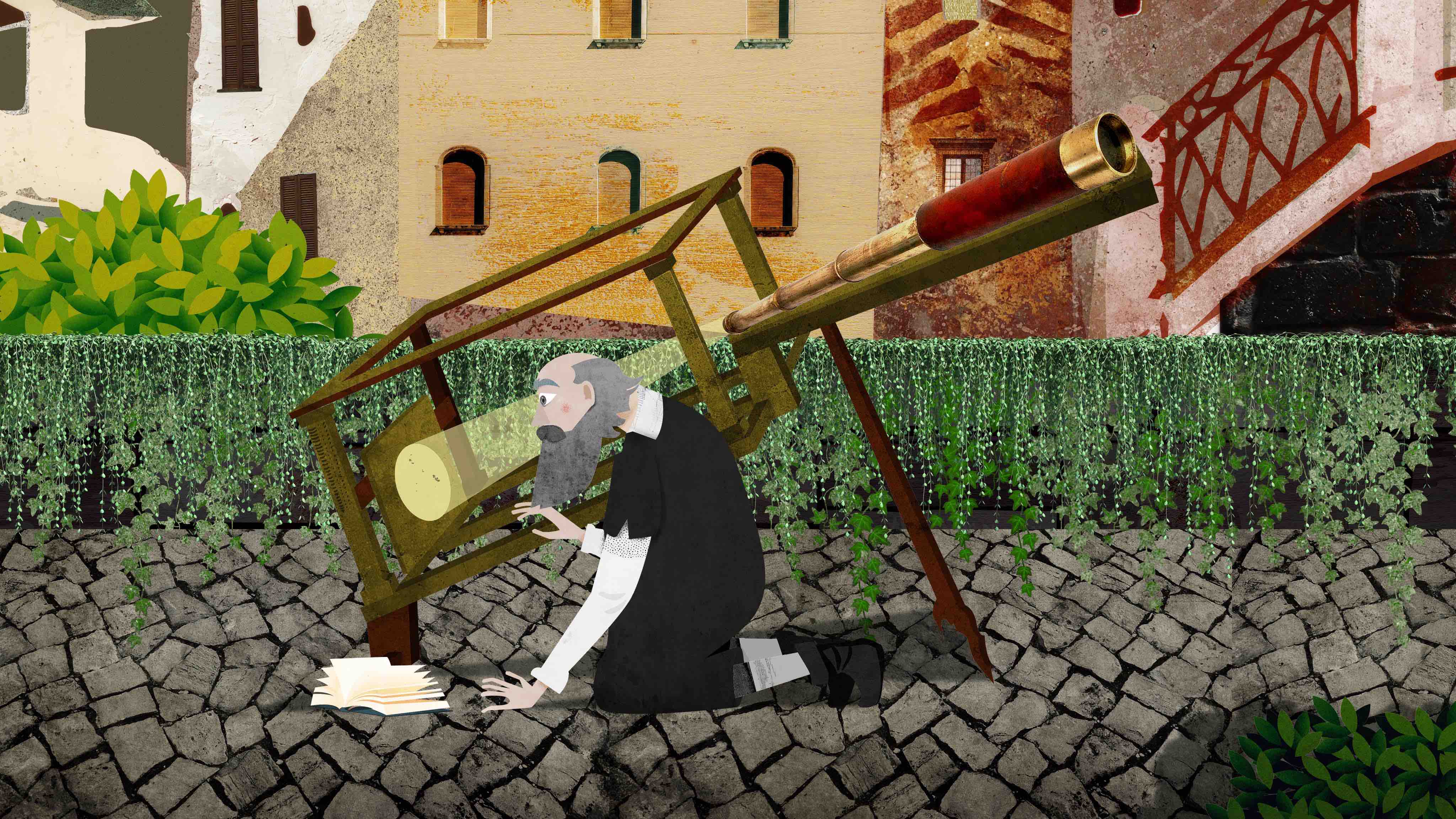 |
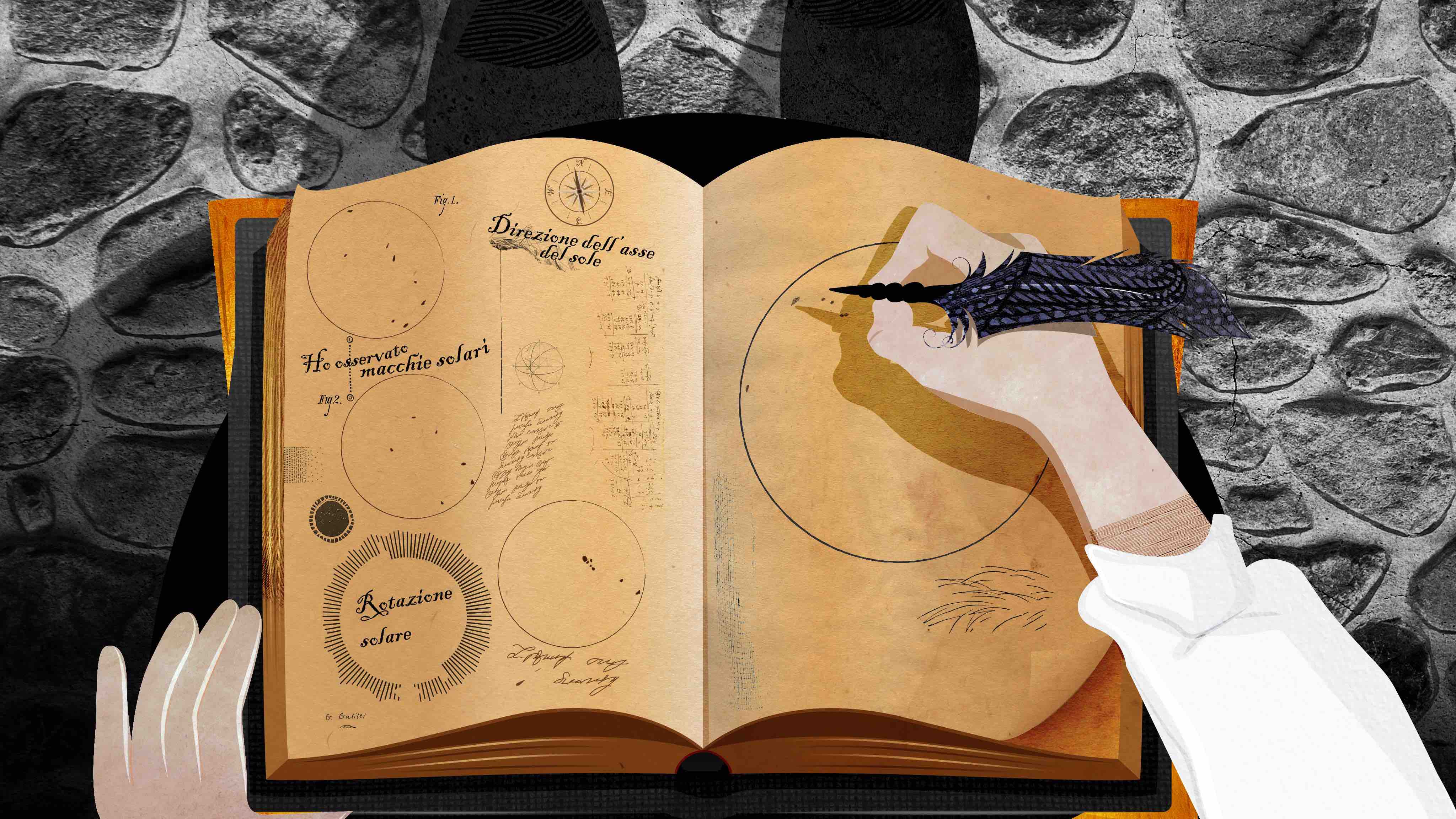 |
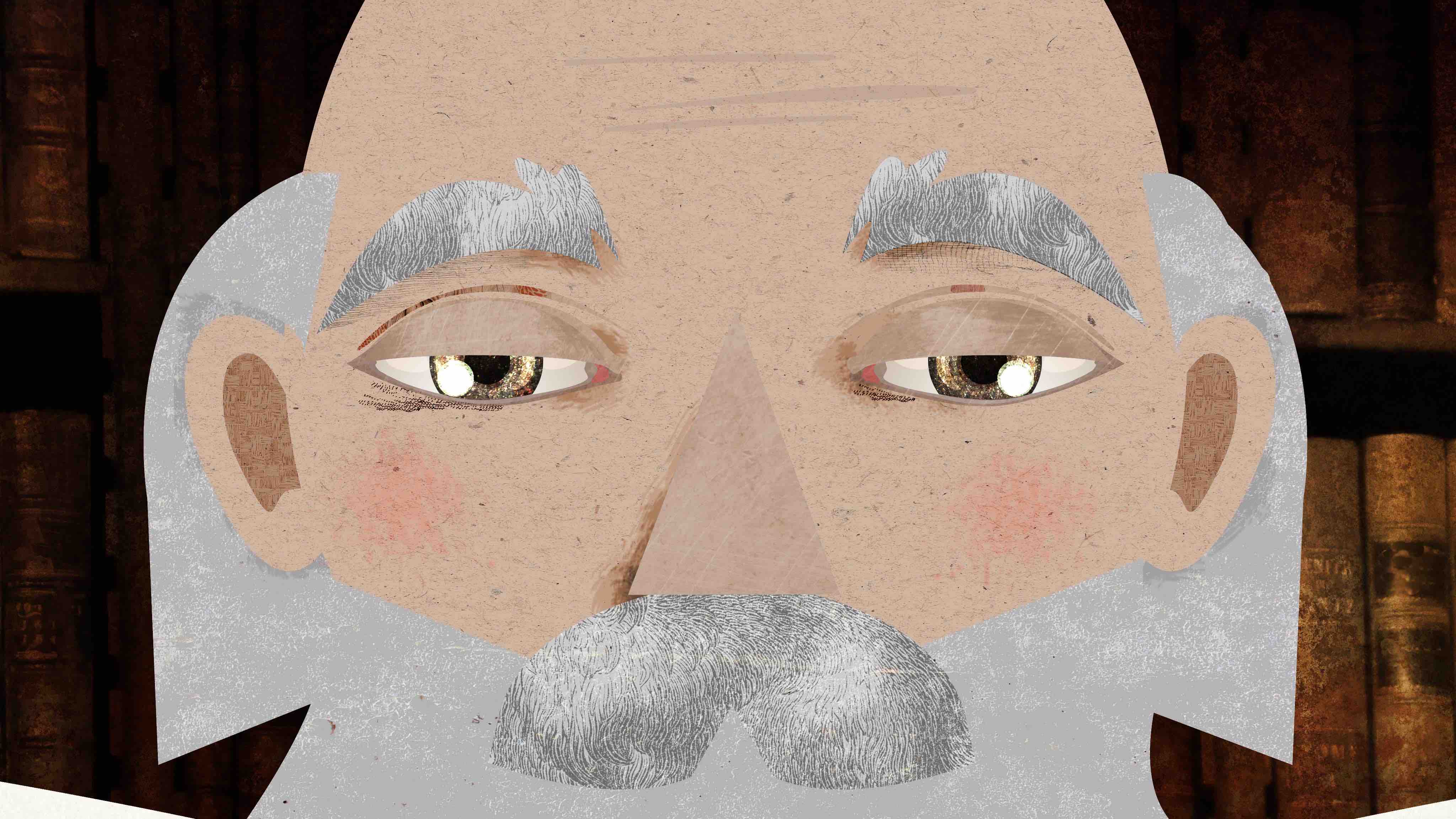 |
Joseph von Fraunhofer and Jules Janssen
In 1814, Joseph von Fraunhofer dispersed sunlight with an instrument he had invented: the spectroscope.
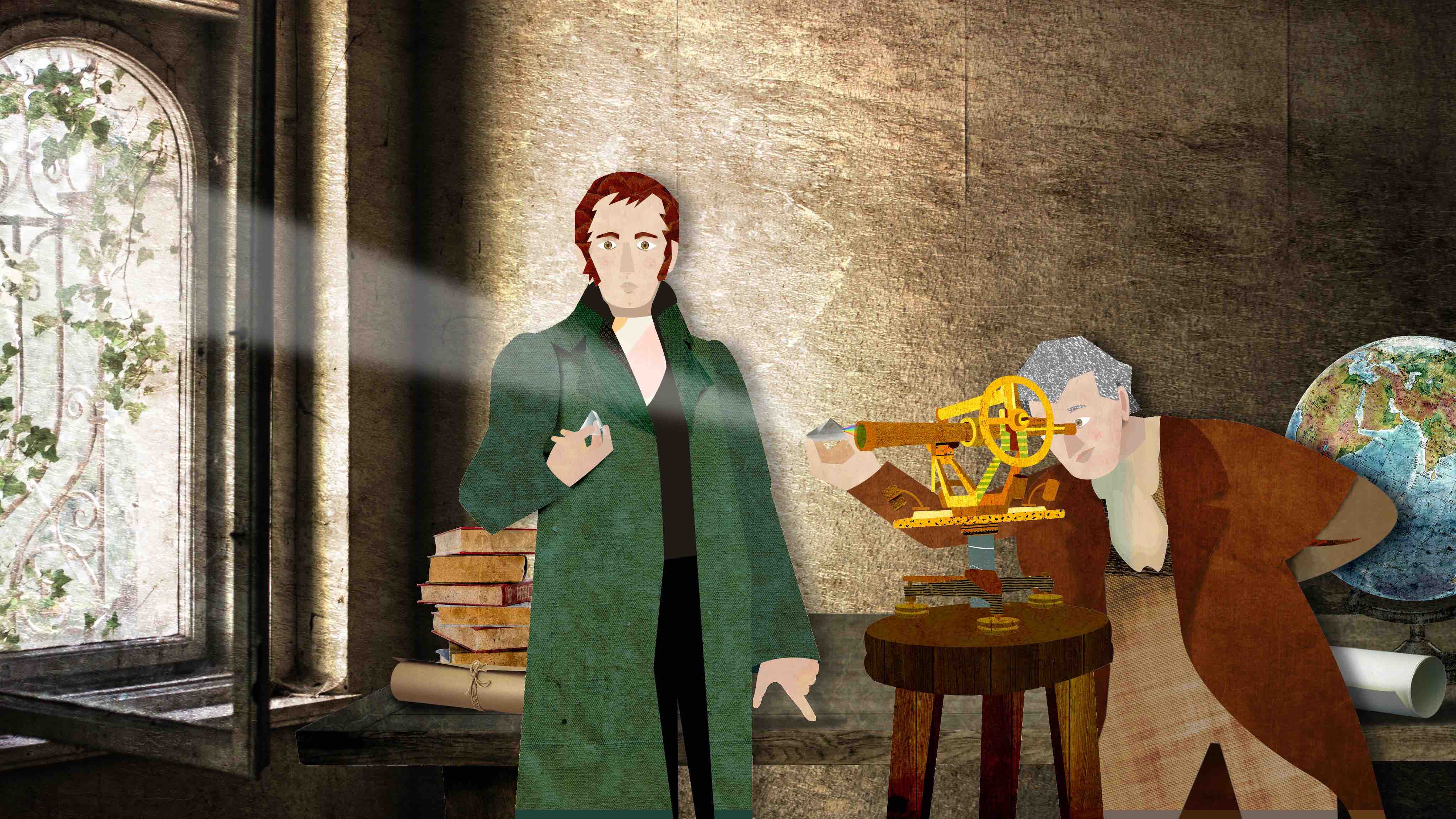 |
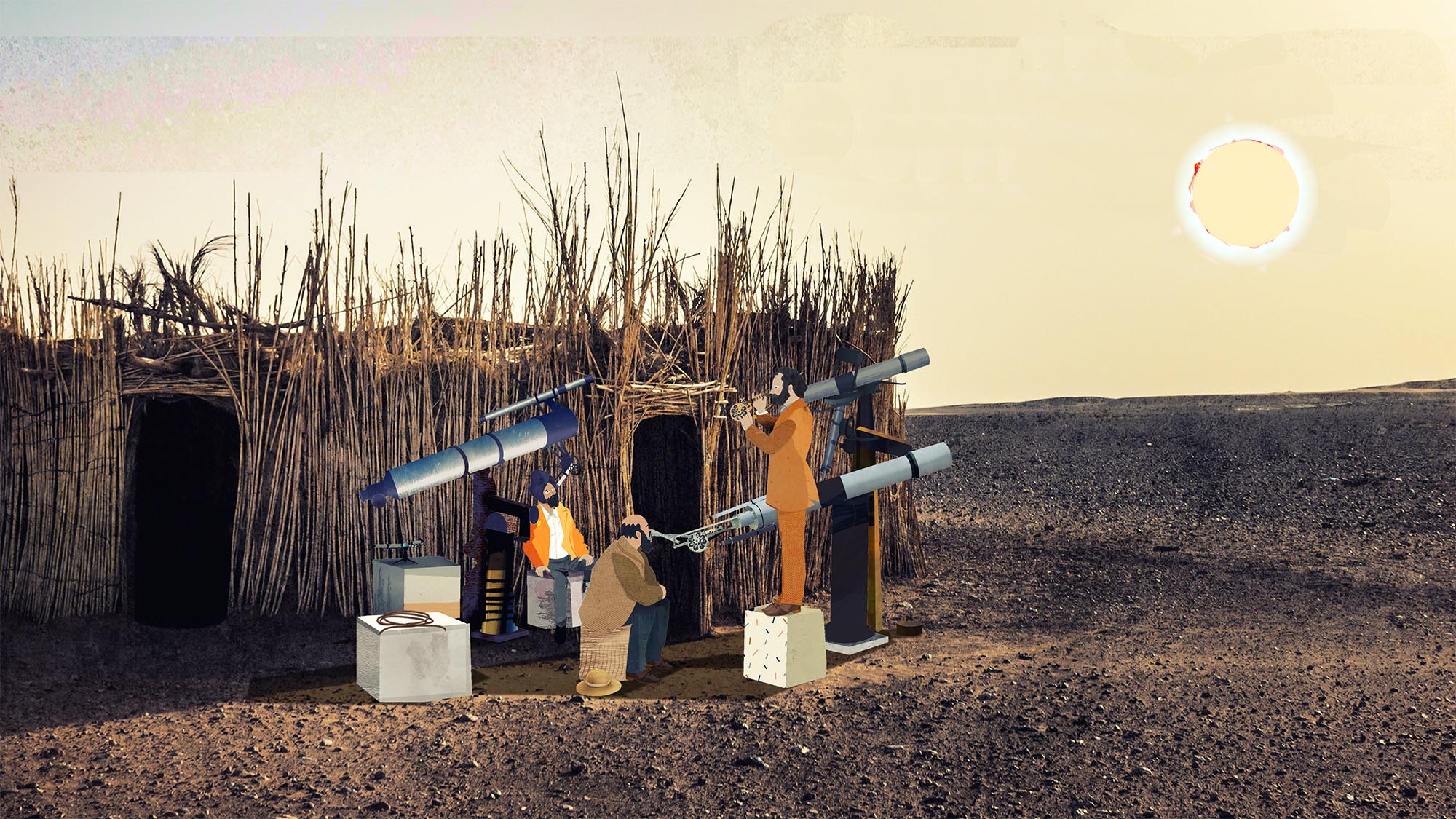 |
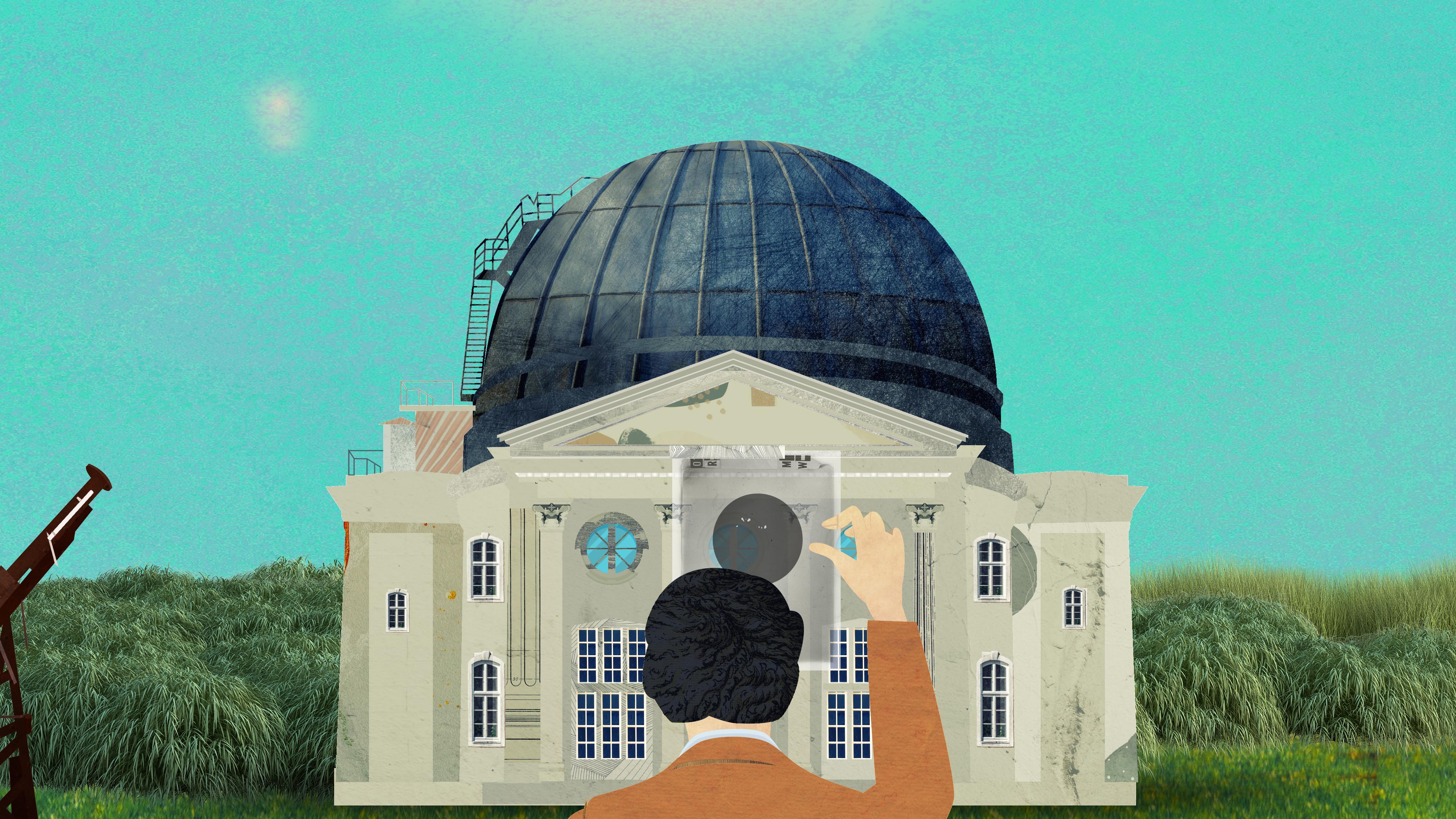 |
George Ellery Hale
In 1908, the American astronomer George Ellery Hale observed the Sun with a large spectrograph he had just designed and built.
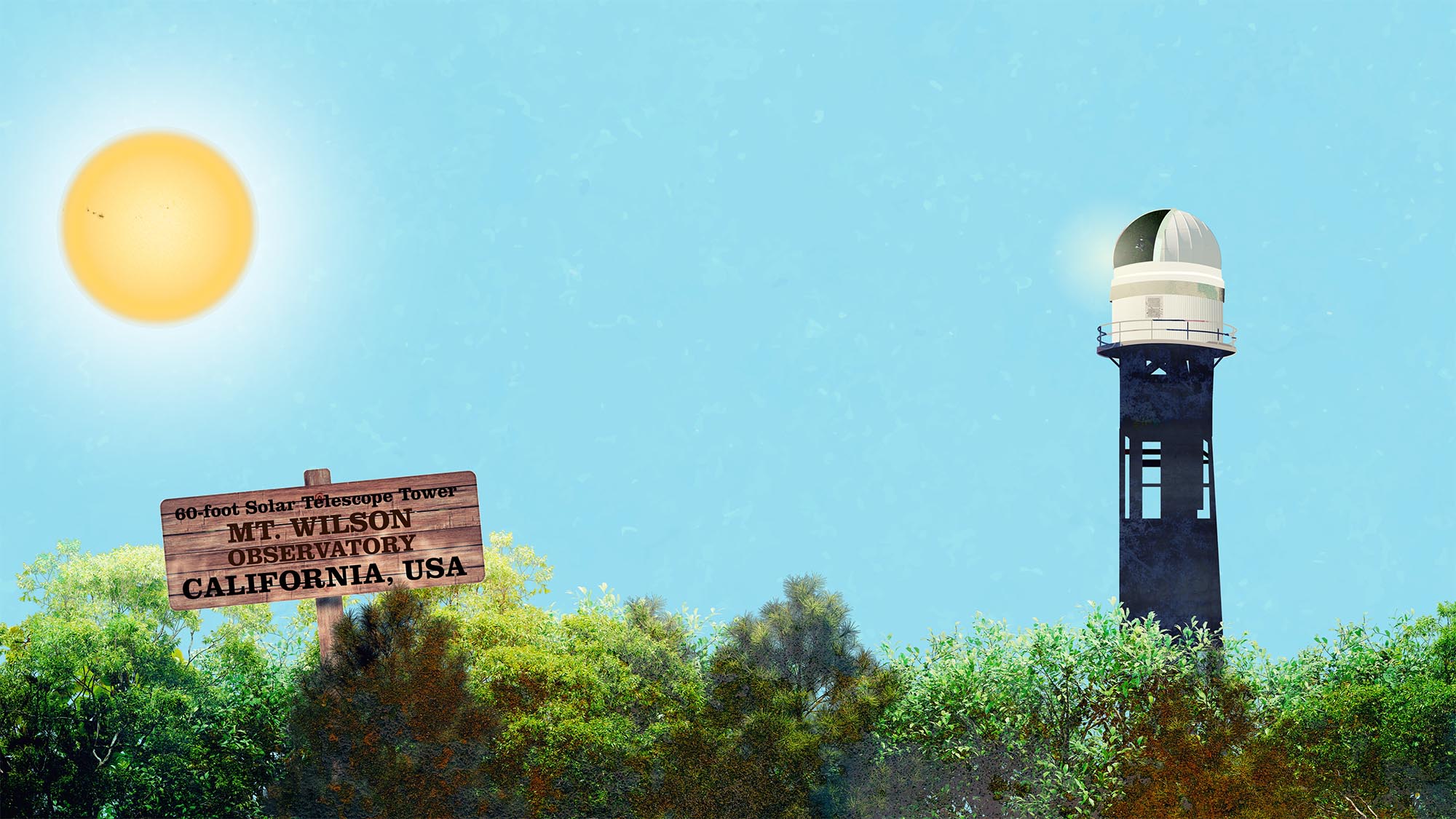 |
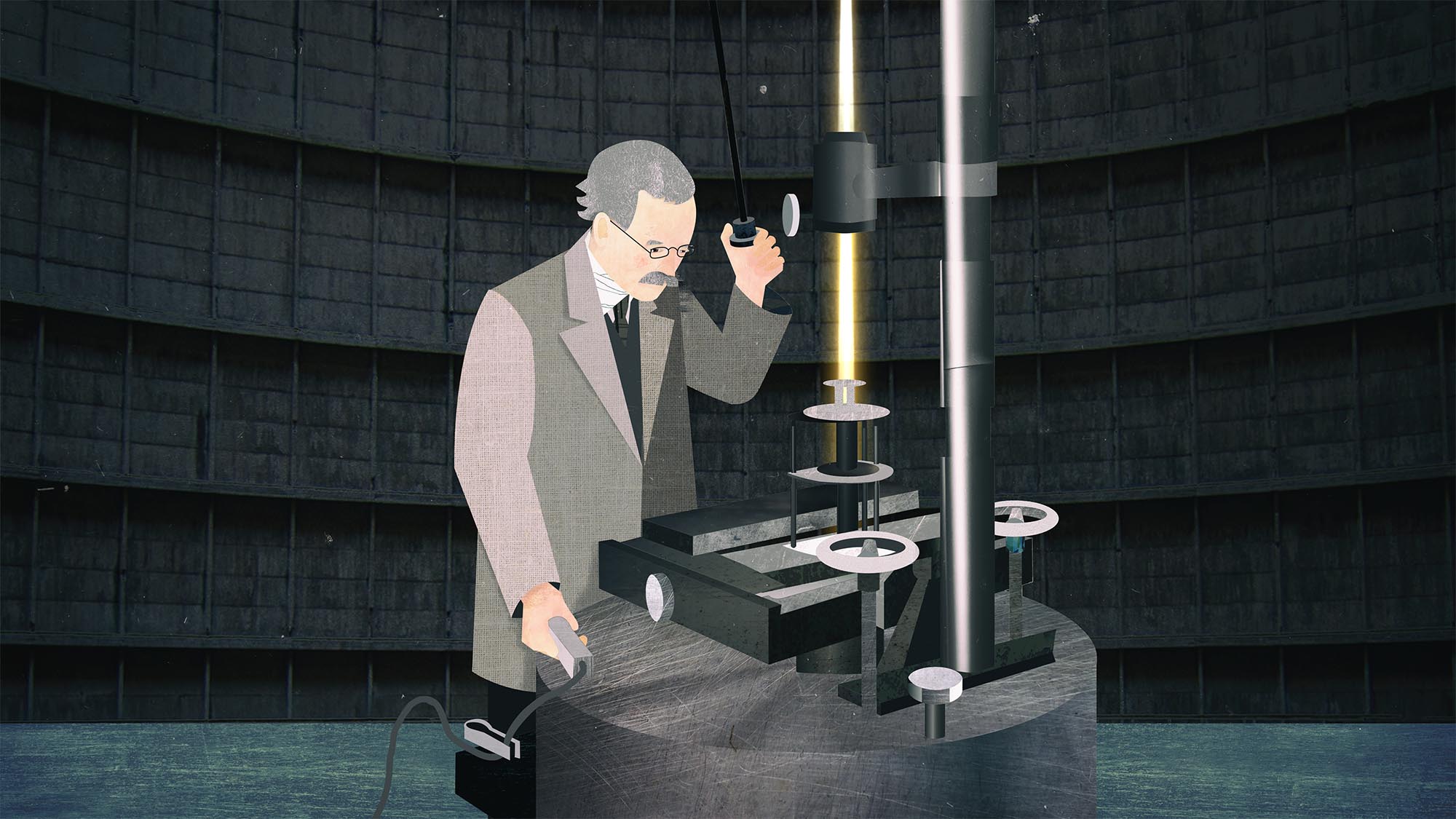 |
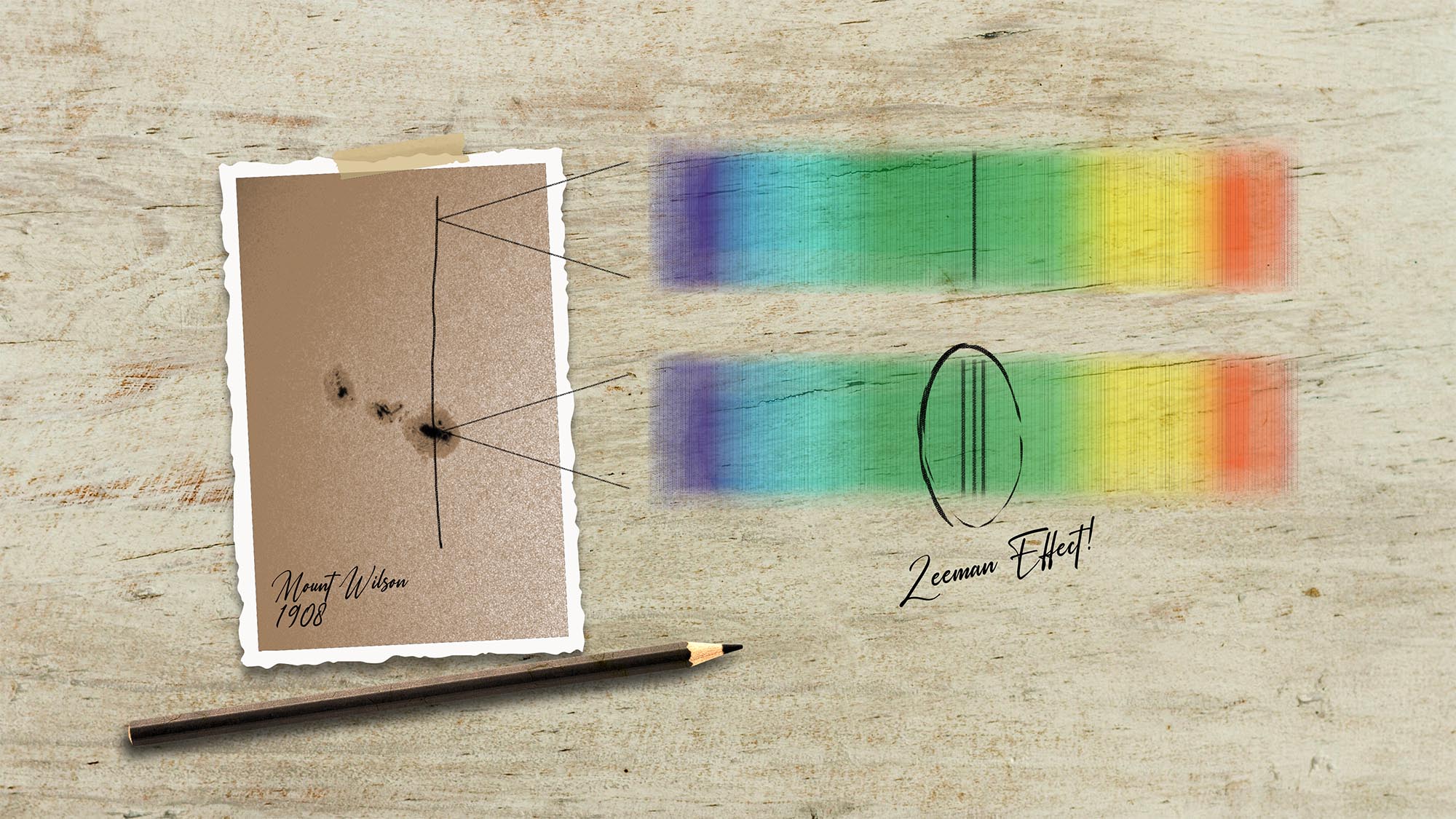 |
Richard Carrington
The 'Carrington event' was one of the most intense solar storms ever recorded. But this was not an unusual event for our star ... quite the opposite.
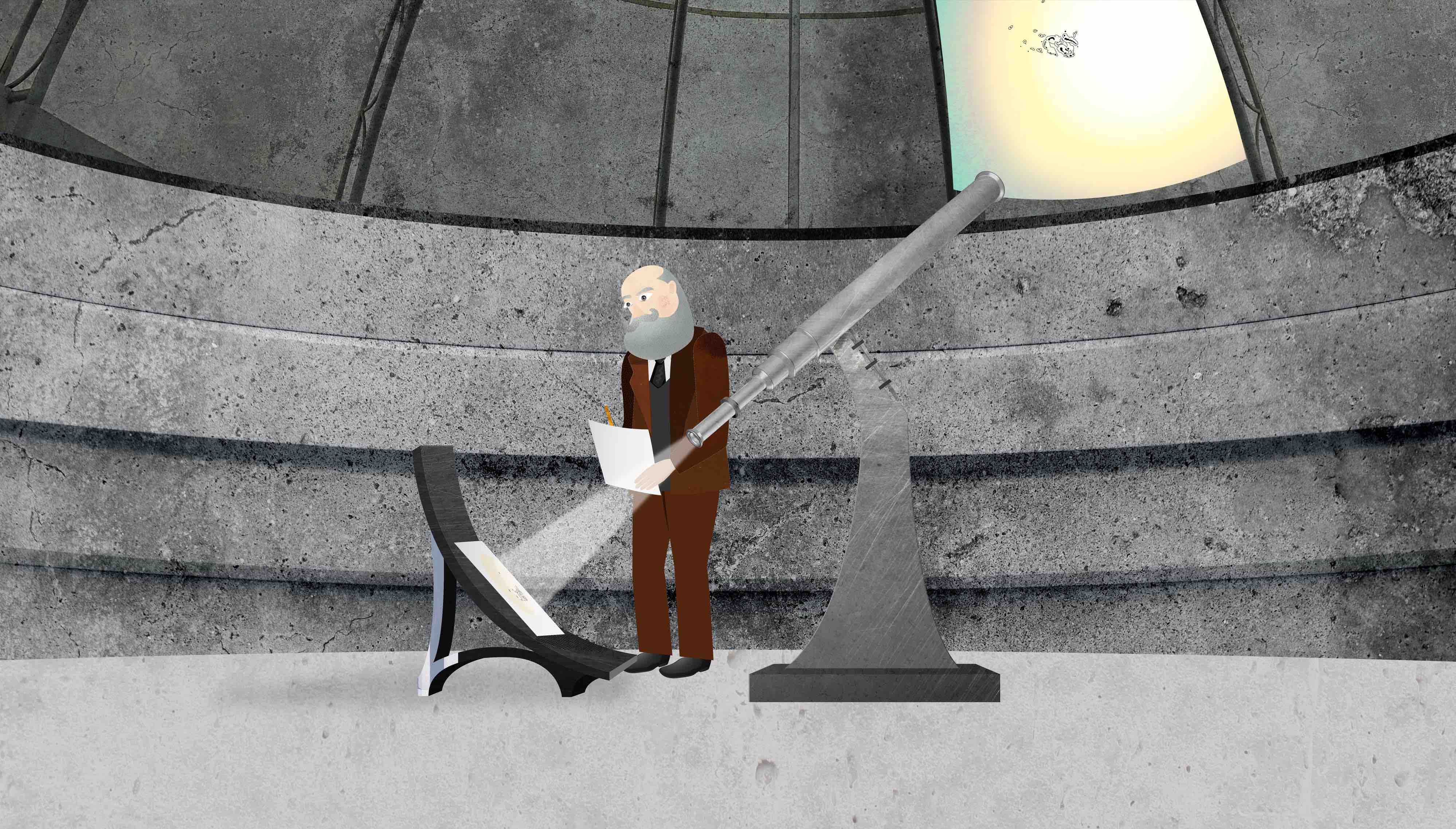 |
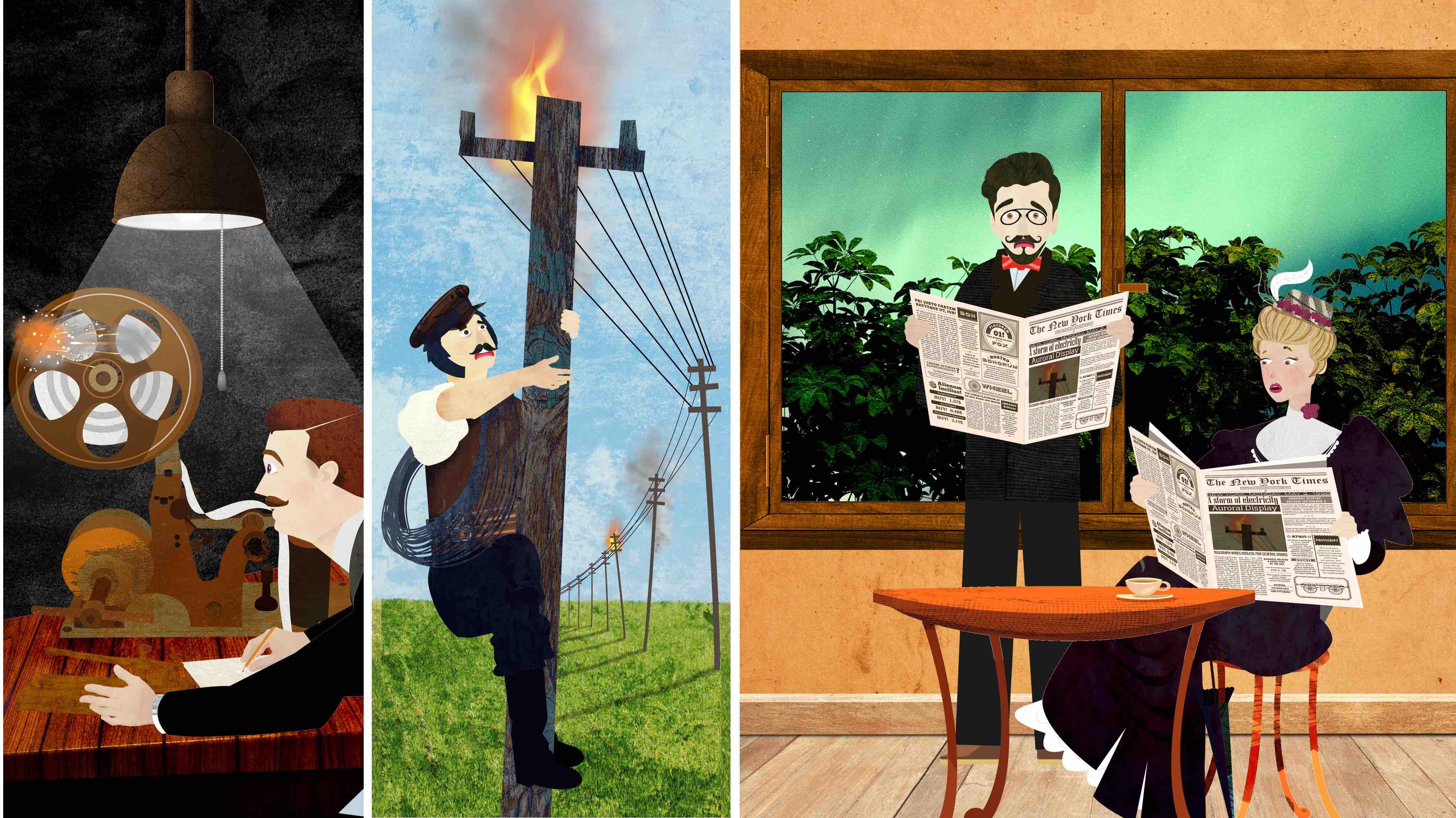 |
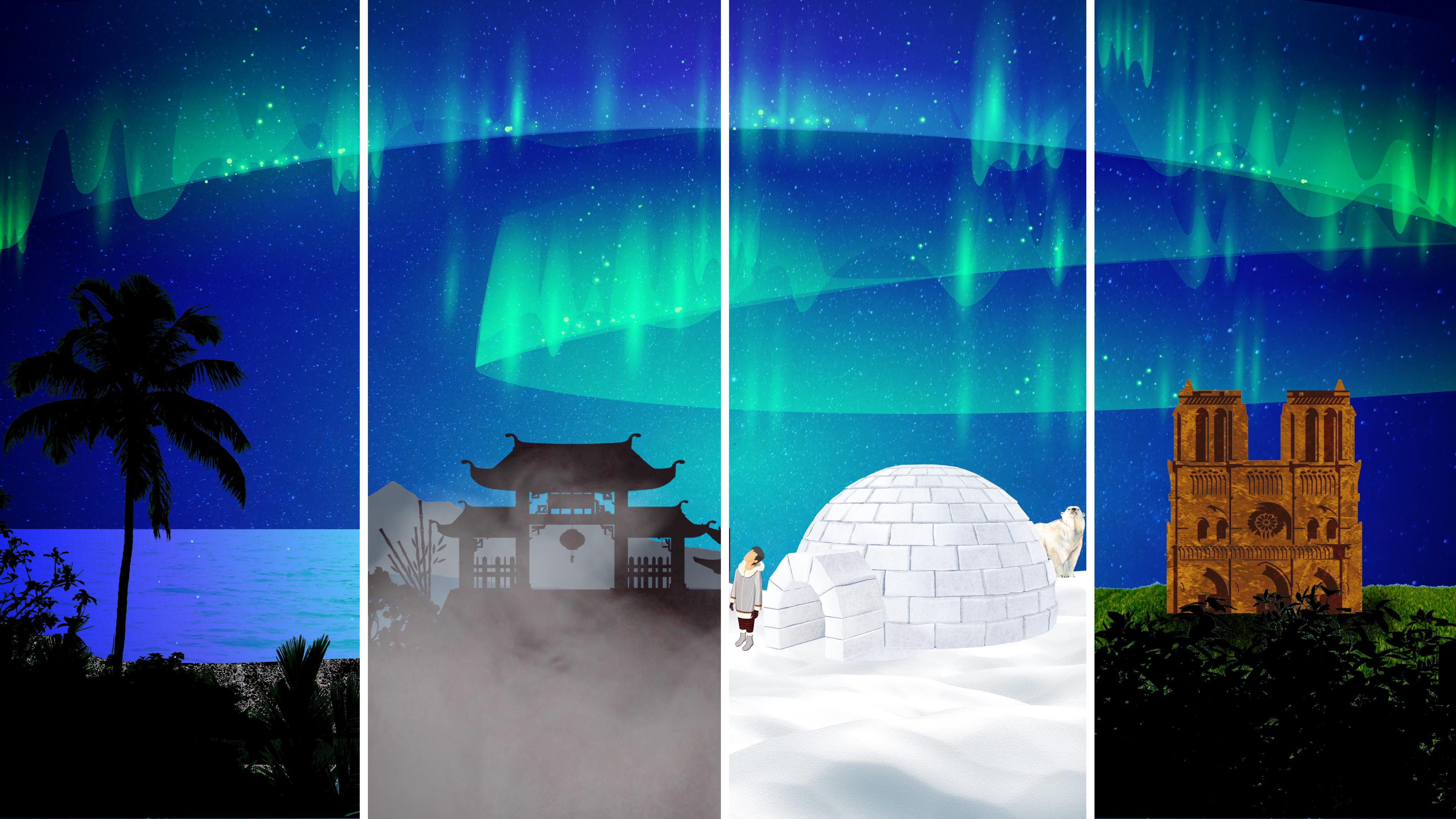 |
Infographics and animations are essential in any scientific audiovisual material. Real images and observations are used to illustrate many of the solar phenomena described in the documentary. Also, specific 3D infographics have been created for this documentary to explain the internal structure of the Sun, the various layers of the solar atmosphere, convective motions in the solar surface, and the magnetic configuration of sunspots.
Error
"Reaching for the Sun" portrays science as it really is: a historical process, the sum of many individual wills and efforts, all of them essential to continue this solar adventure and gain a better understanding of how our star is. The narrative of the documentary is divided into six chapters or thematic blocks.
A film crew of 6 people visited 12 telescopes and institutions across Europe, interviewing 17 researchers from the PRE-EST consortium. These scientists explained the history and science behind solar research. Unique locations were chosen for this film, such as the Accademia Nazionale dei Lincei in Rome (Italy), where the original documents from Galileo are kept.
Behind the scenes
Error
Interviews and Credits
